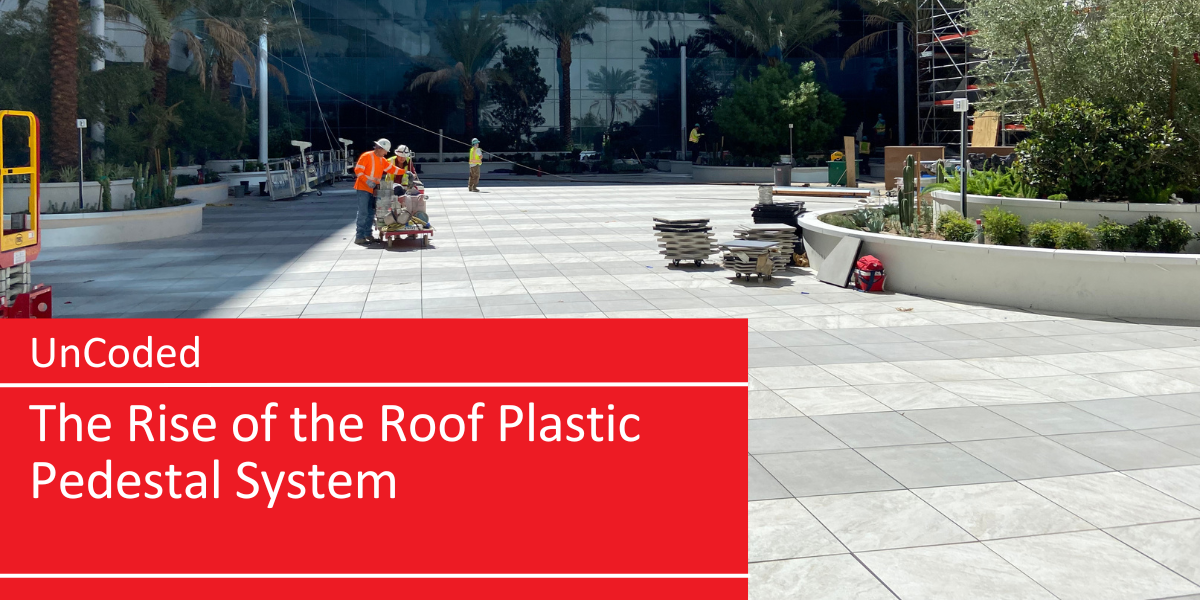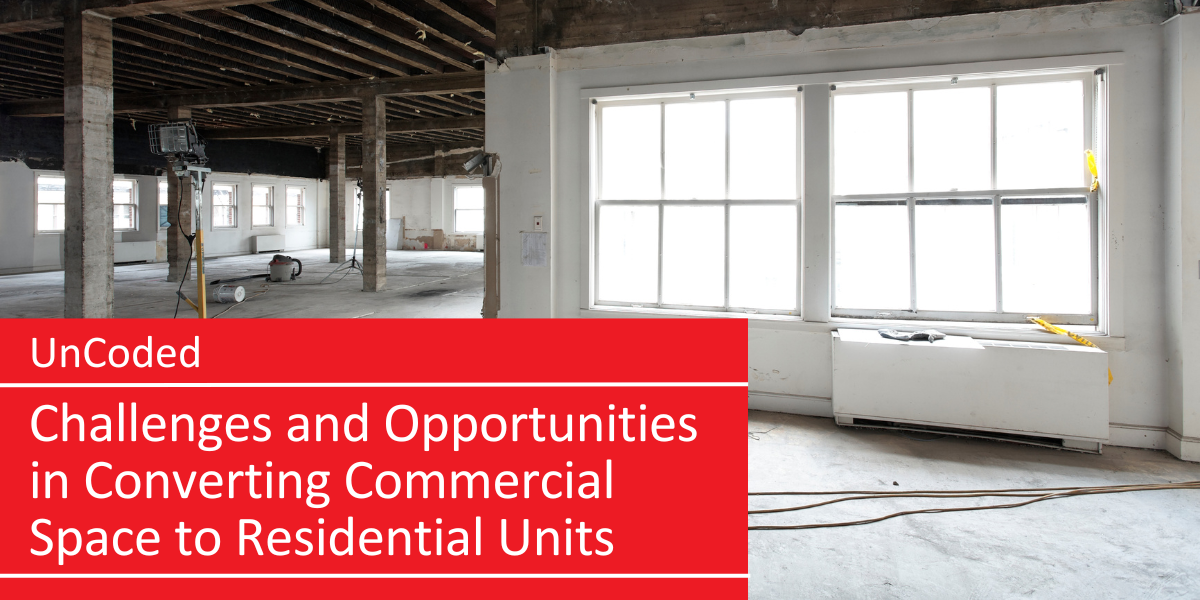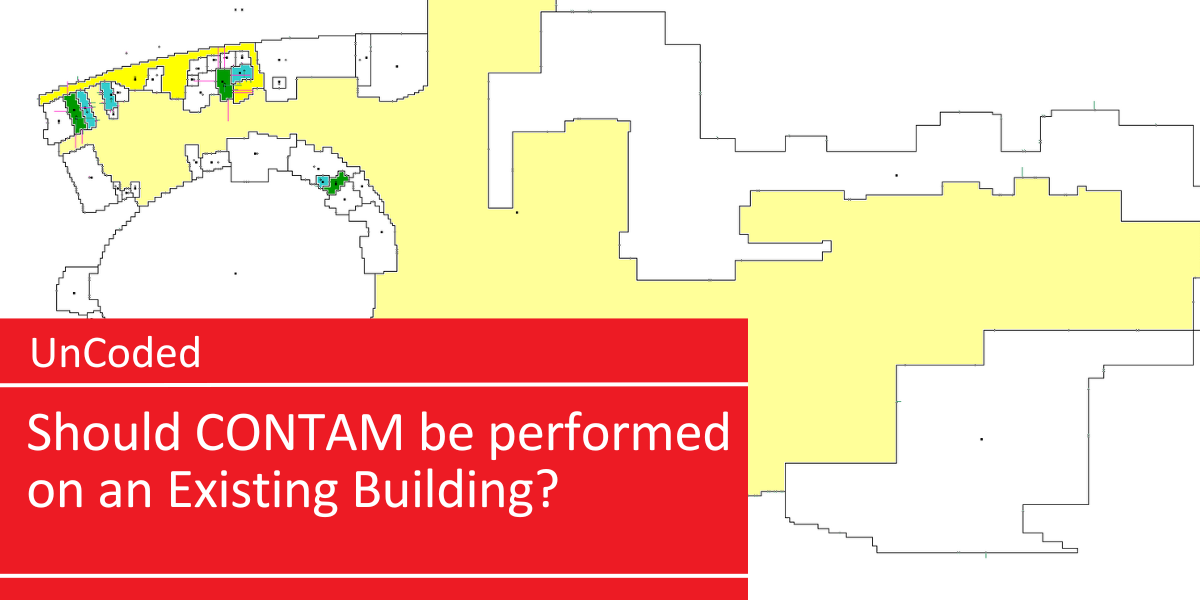The Buzz About Cannabis Codes
About This Project
In honor of cannabis’s high holiday, we are looking at hazards commonly found in marijuana facilities and the codes and regulations necessary to safeguard the industry’s employees and facilities. We’ll begin with the National Fire Protection Association’s Standard 420. Yes, the fire protection industry has exhibited a sense of humor in naming the code for marijuana’s national day of revelry.
NFPA’s Standards Council has approved the development of NFPA 420 — Standard on Fire Protection of Cannabis Growing and Processing Facilities, which was originally proposed in response to serious fires that have occurred at cannabis facilities in recent years. NFPA 420 will build upon the work started several years ago in NFPA 1 — Fire Code, which addresses the fire protection aspects of growing and processing facilities. Once completed the standard will provide clear guidance on fire protection standards for facilities that produce, process, and extract cannabis.
But because NFPA 420 is still in the early stages of development, cannabis facilities must instead adhere to International Fire Code (IFC), when adopted by the local authority, and NFPA 13 and 72 as a minimum. “However, many jurisdictions at the state and municipal levels have additional requirements,” explains Paul Seifert, fire protection consultant at TERPconsulting, adding that “many additional codes can also be involved depending on the processes employed in manufacturing.”
The most common risk found in cannabis grow facilities is the use of carbon dioxide (CO2) to enrich and increase plant yields. “CO2 can produce several health hazards and as such the design of enrichment systems must have safety measures including gas detection, shutdown of CO2 supply, alarm, and mechanical ventilation,” TERPconsulting’s Bryan Douglass, PE explains of code requirements. “Because it is considered an asphyxiant, CO2 will displace oxygen, potentially making it very dangerous to occupants within the room. Typically, CO2 enrichment is at low levels to enhance plant growth, and the enrichment levels have no impact on oxygen concentrations; however, if the system malfunctions or leaks there could be a significant life safety hazard. Cannabis growers typically closely monitor CO2 because too high of a concentration would also be detrimental to the crop.”
As for the preferred fire suppression method used to regulate CO2 in both grow and extraction facilities, its sprinklers which fall under NFPA 13 — Standard for the Installation of Sprinkler Systems. Bryan adds that “mechanical ventilation is also paramount in extraction facilities and needed for eme rgency operations in grow rooms utilizing CO2 enrichment.”
rgency operations in grow rooms utilizing CO2 enrichment.”
Although fire suppression systems are not specifically mandated for cannabis facilities, “they will be required dependent typically upon the building size (area) and occupancy, as determined by local codes,” Bryan explains. “Gas detection systems are required by the IFC in extraction rooms where flammable gases are utilized.”
IFC addresses the processing and extraction of oils and fats from plants, including cannabis, in Chapter 39. It outlines safety measures typically required or recommended for cannabis extraction processing as gas detection, ventilation, and fire suppression.
The extraction process used during cannabis production utilizes specialized equipment, much of which has not been tested and listed by a recognized agency. “As such, the IFC requires an independent review of the equipment to certify its construction. This process can utilize hazardous materials – both physical and health hazards – that require an in-depth review to determine adequate safety measures,” Bryan explains.
With regard to potential hazards at an extraction or processing facility, Bryan says that would “certainly be the oil extraction operation as it typically uses hazardous materials – commonly flammable liquids and gases or asphyxiants such as nitrogen or carbon dioxide, under pressure.”
During the design of cannabis processing facilities, an exhaust system to deal with hazardous gasses can be installed. “There are exhaust ventilation system requirements that apply for certain hazardous materials and typically local jurisdictions will have their own amendments or preferences for cannabis processing design,” Bryan explains. “For instance, Clark County in Nevada typically requires extraction processes to occur within a room exhausted to achieve an air velocity of 100 feet-per-minute across the extraction room/area face, similar to a paint spray booth.”
Here’s to fire safety and weeding out the 411 on cannabis codes on 420 before everything goes up in smoke.







